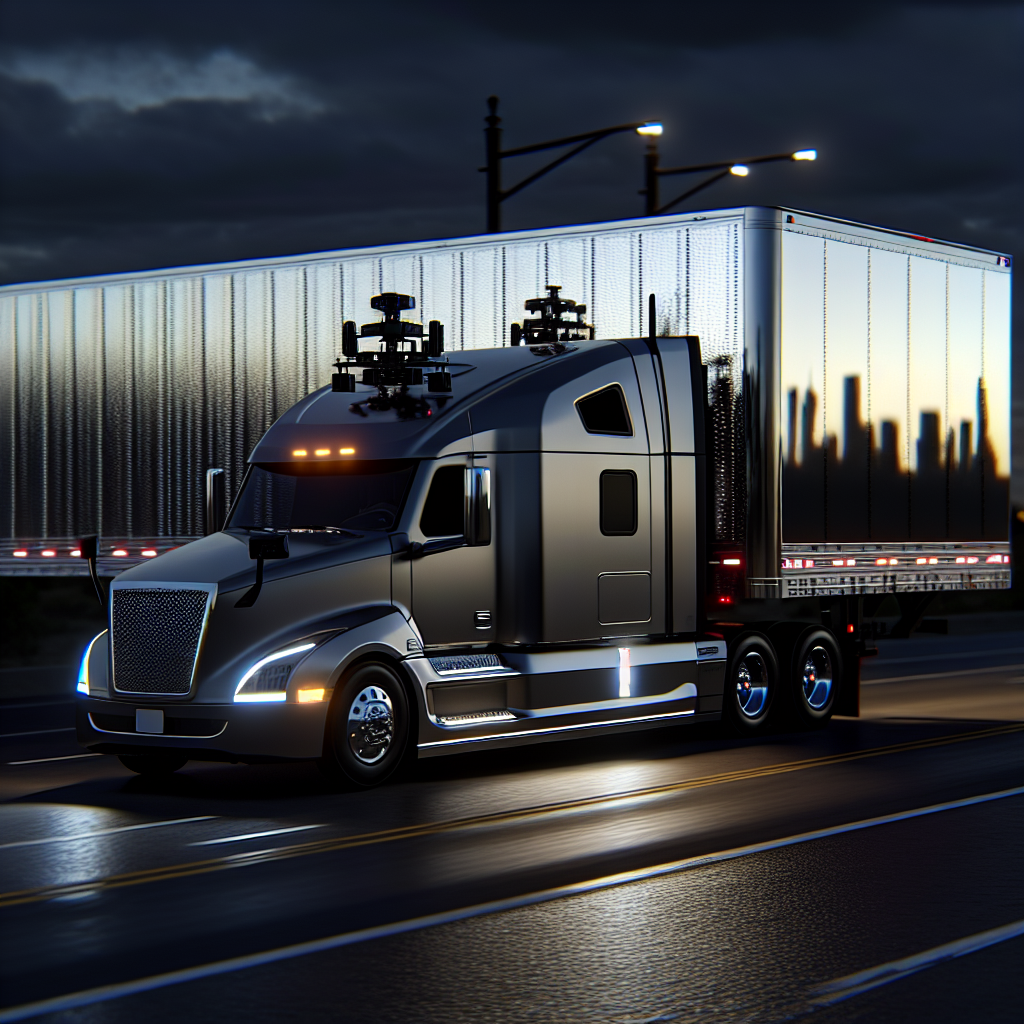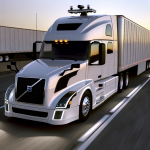Kodiak AI is now a public company, a milestone that moves the long-running debate over driverless freight from prototypes and pilots to the discipline of quarterly results and customer delivery. As FreightWaves reported, the company is framing public ownership as the capital base it needs to scale its “driver-as-a-service” model and get more autonomous trucks into real, paying operations. For carriers and shippers, the key change isn’t a new sensor or software release—it’s that a once-venture-backed developer now has public-market scrutiny to match enterprise-level expectations.
Why this matters to fleets: being public typically brings steadier access to financing, more transparency, and a stronger ability to sign multi‑year agreements. For autonomy suppliers, those are the ingredients needed to stand up maintenance networks, training, remote support, and truckport infrastructure along hub‑to‑hub corridors. For large shippers and asset-based carriers, it lowers counterparty risk and makes it easier to model autonomy into procurement, network design, and cost-per‑mile targets.
Regulatory momentum, even amid Washington turbulence, is another reason this listing lands differently than autonomy headlines of the past. On October 8, the Federal Motor Carrier Safety Administration updated its multi‑year plan to develop performance tests for advanced driver-assistance systems on medium- and heavy‑duty vehicles—a step toward clearer, NCAP‑style benchmarks for the tech stack pieces that underpin higher levels of automation. The signal to industry: federal safety measurement is progressing, shutdown or no shutdown.
And in the states, the policy map continues to evolve. Just yesterday, Waymo hired lobbyists in Minnesota to push for legal changes that would permit driverless operation there, a reminder that the next growth frontier isn’t only more freight lanes in the Sun Belt—it’s cold‑weather states where winter operations are a prerequisite for national networks. If legislatures open those doors, autonomy providers will need to prove reliability beyond clear skies and dry pavement.
Competitively, investors will get fresh data points this month: Aurora has set October 28 for its quarterly business review, a forum likely to detail route expansions, customer ramps, and capital needs. For Kodiak, now subject to the same public scorekeeping, these near‑term updates from peers will help set expectations for how quickly autonomous miles can translate into recurring revenue.
What to watch next if you run trucks or buy freight:
– Contract structure. Expect more per‑mile or per‑vehicle autonomy subscriptions, paired with OEM or upfitter programs that make adding the “virtual driver” feel like adding a new powertrain option.
– Safety evidence. Federal ADAS testing norms will raise the bar on data quality; fleets should ask vendors to map their safety claims to evolving FMCSA test protocols.
– Network readiness. Hub locations, rescue/maintenance coverage, and remote assistance procedures will matter as much as on‑road autonomy.
– Policy variability. State-by-state rules could shape where and when you can plan driverless capacity—particularly in winter states now entering the discussion.
Bottom line: Kodiak’s debut doesn’t end the autonomy race—if anything, it formalizes it. With federal testing efforts inching forward and statehouses revisiting driverless rules, the companies that convert today’s attention into reliable, safe service at scale will be the ones that win the freight. For logistics leaders, the prudent move is to pilot now, instrument every KPI, and be ready to scale as the regulatory and operating picture clarifies over the next 6–12 months.
Sources: FreightWaves, FMCSA, Axios, Business Wire
This article was prepared exclusively for TruckStopInsider.com. Republishing is permitted only with proper credit and a link back to the original source.




